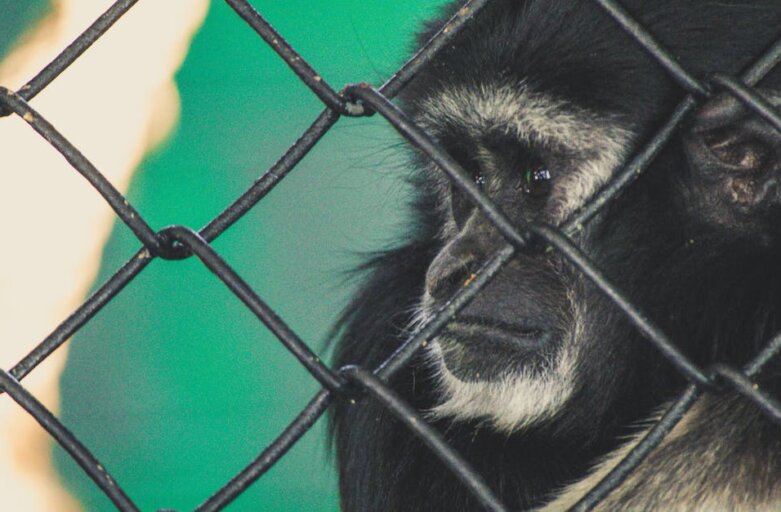Introduction to Safe and Humane Animal Control
Knowing how to safely and humanely control animals, particularly in urban and suburban environments, is a critically important skill-set. In many places worldwide, the proliferation of wildlife within populated areas introduces a variety of challenges that result in a need for capable animal control. Safe and humane animal control practices aren’t just about minimizing disturbance to human life, but they are vital to promoting biodiversity, respecting animal rights, and creating a balance between humans and animals without causing harm to either.
What is Safe and Humane Animal Control?
Safe and humane animal control involves practices and methods that prevent, and manage conflicts between humans and wildlife beneficially for both parties. It prioritizes the animals’ well-being, striving to minimize harm, stress, and disruption to their natural behaviors. This approach also emphasizes public education to foster greater understanding and respect for urban wildlife.
These methods are often a better alternative to traditional animal control methods, which sometimes involve trapping and killing nuisance animals, potentially contributing to a decline in biodiversity. On the other hand, humane animal control methods focus on solutions that allow wildlife to coexist with humans.
Importance of Safe and Humane Animal Control
While the intrusion of wildlife into human habitats can sometimes be seen as a nuisance, it is essential to remember that this is predominantly due to the loss of their natural habitats. Rampant urbanization and deforestation have displaced many wildlife species, forcing them to seek shelter and resources in human-dominated locales. It’s our responsibility to ensure that our efforts to control these animals do not further contribute to their suffering or diminish their populations.
Humane animal control methods also promote biodiversity. Most urban environments have surprisingly rich ecosystems, with a host of different species cohabiting. Removing or killing one species can have knock-on effects on the others, disrupting the delicate balance. Humane animal control acknowledges this and ensures that wildlife populations are maintained in balance with urban environments.
In addition, safe animal control methods help prevent diseases that can spread from animals to humans. By safely removing or controlling animals that might carry zoonotic diseases, we safeguard human health.
Strategies for Safe and Humane Animal Control
Appropriate methods for humane animal control vary, depending on factors like the species involved, the nature of the conflict, and local laws and regulations. However, here are some common strategies:
1- Educating the public: Providing people with information about wildlife behavior, needs, and habits can help mitigate complications in the first place. For instance, educating people about the dangers and ineffectiveness of feeding wild animals can prevent many problems.
2- Non-lethal control methods: Non-lethal tactics in controlling wildlife include deterrents, barriers, and non-harmful repellents. Habitat modification, like sealing gaps in buildings where animals can enter, is also effective.
3- Hazing: Hazing involves using deterrents to move an animal out of an area or discourage an unwanted behavior. This method is usually temporary and often needs to be used in combination with other strategies.
4- Humane trapping and relocation: Catching and moving animals can sometimes be necessary. In these cases, traps should be designed to minimize stress and potential for injury. Trapped animals should be relocated as quickly as possible and released in an appropriate environment.
Conclusion
While urban wildlife can often be seen as a nuisance, our focus should be on finding ways to coexist rather than remove or exterminate these animals. The concept behind safe and humane animal control is not just about resolving human-wildlife conflicts but also about creating harmony between all living beings. By implementing humane animal control strategies, we not only promote the well-being of animals but also sustain our shared environment. It provides an essential service in maintaining the balance of our ecosystem and reaffirms the human responsibility to ensure the welfare of all creatures we share this planet with.









